
The prehistory of Papua New Guinea can be traced to about 50,000–60,000 years ago, when people first migrated towards the Australian continent. The written history began when European navigators first sighted New Guinea in the early part of the 17th century.
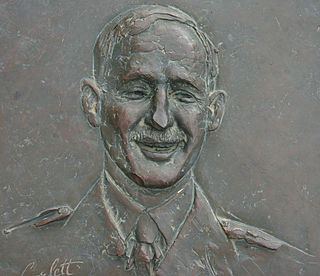
Colonel Sir Ernest Edward "Weary" Dunlop, was an Australian surgeon who was renowned for his leadership while being held prisoner by the Japanese during the Second World War.
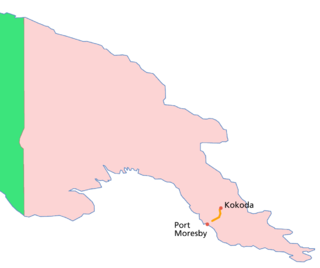
The Kokoda Track or Trail is a single-file foot thoroughfare that runs 96 kilometres (60 mi) overland – 60 kilometres (37 mi) in a straight line – through the Owen Stanley Range in Papua New Guinea (PNG). The track was the location of the 1942 World War II battle between Japanese and Allied – primarily Australian – forces in what was then the Australian territory of Papua.
Maroubra Force was the name given to the ad hoc Australian infantry force that defended Port Moresby, Papua New Guinea from the Japanese, and was involved in the Kokoda Track Campaign of the Pacific War, World War II. The force was established by the Allies under the codename "Maroubra", referring to the troops in the forward area, it was one of many units forming the body of the New Guinea Force, the main Allied army formation in the South West Pacific Area during 1942.
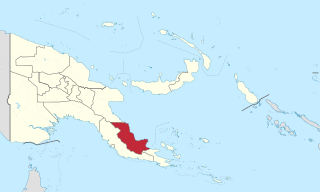
Oro Province, formerly Northern Province, is a coastal province in the Southern Region of Papua New Guinea. The provincial capital is Popondetta. The province covers 22,800 km2, and has 176,206 inhabitants. The province shares land borders with Morobe Province to the northwest, Central Province to the west and south, and Milne Bay Province to the southeast. The province is located within the Papuan Peninsula.

Fuzzy Wuzzy Angels was the name given by Australian soldiers to Papua New Guinean war carriers who, during World War II, were recruited or forced into service to bring supplies up to the front and carry injured Australian troops down the Kokoda trail during the Kokoda Campaign. "Fuzzy-Wuzzy" was originally used by British soldiers in the 19th century as a name for Hadendoa warriors on the Red Sea coast of the Sudan, and referred to their elaborate butter-matted hairstyles.
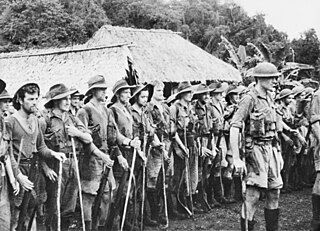
The Kokoda Track campaign or Kokoda Trail campaign was part of the Pacific War of World War II. The campaign consisted of a series of battles fought between July and November 1942 in what was then the Australian Territory of Papua. It was primarily a land battle, between the Japanese South Seas Detachment under Major General Tomitarō Horii and Australian and Papuan land forces under command of New Guinea Force. The Japanese objective was to seize Port Moresby by an overland advance from the north coast, following the Kokoda Track over the mountains of the Owen Stanley Range, as part of a strategy to isolate Australia from the United States.
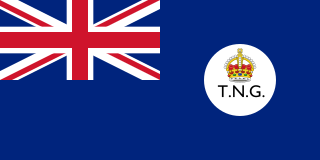
The Territory of New Guinea was an Australian-administered United Nations trust territory on the island of New Guinea from 1914 until 1975. In 1949, the Territory and the Territory of Papua were established in an administrative union by the name of the Territory of Papua and New Guinea. That administrative union was renamed as Papua New Guinea in 1971. Notwithstanding that it was part of an administrative union, the Territory of New Guinea at all times retained a distinct legal status and identity until the advent of the Independent State of Papua New Guinea.

Tomitarō Horii was a lieutenant general in the Imperial Japanese Army during World War II. After graduating from the Imperial Japanese Army Academy in 1911, Horii served in China before undertaking a variety of regimental appointments. Following Japan's entry into World War II, he commanded a division during the capture of Guam before commanding the Japanese force that had been given the task of capturing Port Moresby. In November 1942, in the retreat from Oivi–Gorari, Horii drowned while attempting to canoe down the Kumusi River to reach Japanese forces defending Buna–Gona. His canoe was swept out to sea and capsized.

New Guinea Force was a military command unit for Australian, United States and native troops from the Territories of Papua and New Guinea serving in the New Guinea campaign during World War II. Formed in April 1942, when the Australian First Army was formed from the Australian I Corps after it returned from the Middle East, it was responsible for planning and directing all operations within the territory up until October 1944. General Headquarters Southwest Pacific Area Operational Instruction No.7 of 25 May 1942, issued by Commander-Allied-Forces, General Douglas MacArthur, placed all Australian and US Army, Air Force and Navy Forces in the Port Moresby Area under the control of New Guinea Force. Over the course of its existence, New Guinea Force was commanded by some of the Australian Army's most notable commanders, including Sydney Rowell, Sir Edmund Herring and Sir Leslie Morshead.
Isurava is a small town in Papua New Guinea, located in Oro Province, on the Kokoda Track. It is the site of the Battle of Isurava that occurred over the period 26 to 31 August 1942, as Australian forces were being pushed back toward Port Moresby by the advancing Japanese. The present site is to the north of the wartime village. It is the site of the Isurava Memorial, constructed in 2002 in remembrance of all those Australians and Papua New Guineans who fought and those who died on the Kokoda Track in 1942.
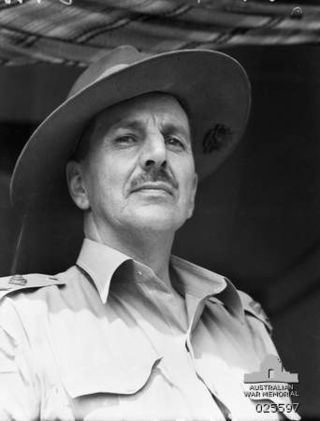
Major General Basil Moorhouse Morris, was an Australian Army officer. He served in both the First and Second World Wars. In 1942, he was the Australian military administrator at Port Moresby at the start of the Imperial Japanese advance along the Kokoda Track after the invasion of Buna-Gona and successfully delayed the Japanese advance until units of the Second Australian Imperial Force arrived.

The Kokoda Track Memorial Walkway is a walking track and war memorial located in the suburb of Concord West, Sydney, New South Wales, Australia. It is located along Brays Bay on the Parramatta River, and is a unique tribute to the Australian troops who fought in the World War II Papua-New Guinea campaign of July 1942 till December 1943.
The Kokoda Challenge is a team endurance event, comprising an up-to 96km bushwalk, which takes place across Queensland, Australia throughout the year.

The Kokoda Track Foundation (KTF) is an international aid organisation working in Papua New Guinea. The foundation was established in 2003 and supports the indigenous people of that country. The Foundation provides education, health, and community service programmes such as disaster relief, microbusiness promotion and sustainable ecotourism.

Charles Abel is an important politician in Papua New Guinea. He has been a member of the National Parliament of Papua New Guinea from 2007-2022, representing the electorate of Alotau Open. He competed for the regional seat (governor) in Milne Bay Province -of which Alotau is the capital- in 2022 but he lost. Charles Abel has occupied several cabinet positions. He was from 2007-2010 minister of Culture and Tourism. He was Minister for Trade, Commerce and Industry in 2011-2012. In the period 2012-2017 he was Minister for National Planning. From August 2017-May 2019 he was Deputy Prime Minister and Treasurer. In 2019 he was from June–November Minister for Finance and Rural Development. He is an important voice in policy making for natural resources.
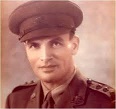
Captain Herbert Thomson "Bert" Kienzle was an Australian soldier and plantation owner from the Territory of Papua. He is notable for his contribution as officer in charge of native labour supporting Australian forces fighting along the Kokoda Track. He identified and named the dry lake beds, Myola, that were to become an important supply dropping area and staging point during the Kokoda Track campaign. In later life, he was recognised for his contribution to the development of Papua New Guinea.
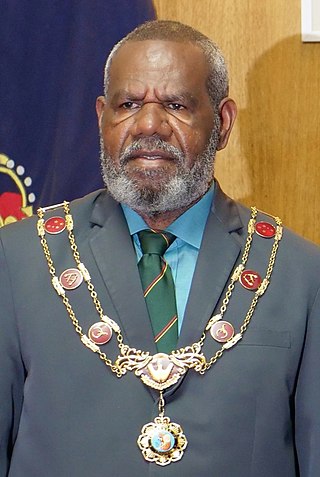
Sir Bob Bofeng Dadae is a Papua New Guinean politician who has served as the tenth and current Governor-General of Papua New Guinea since 2017.

Dame Jean Lucilla Kekedo is a Papua New Guinean activist who has held senior roles in the country's public service, including that of Ombudsman and High commissioner to the United Kingdom.
Sogeri National High School is a school situated in Sogeri in the Central Province of Papua New Guinea (PNG). It was the country's first national high school and it educates students from all over the country in Forms 5 and 6, prior to their going on to tertiary education. Many of PNG's leading politicians, administrators, business people and academics have been educated at the school. It was described by the country's first prime minister, Sir Michael Somare, himself a former pupil, as "the school that shaped the nation".















